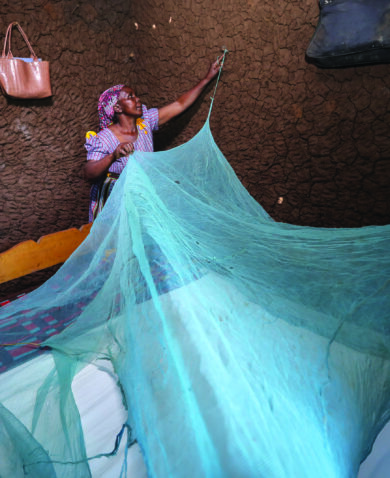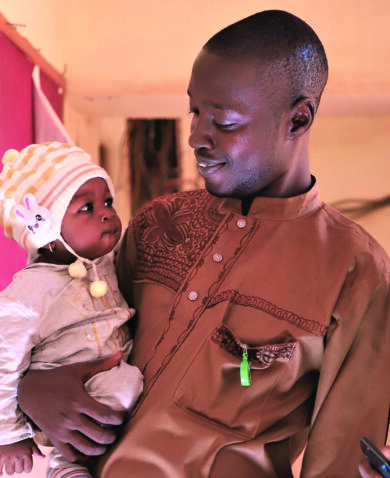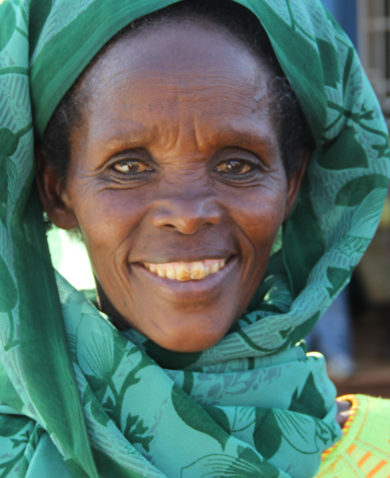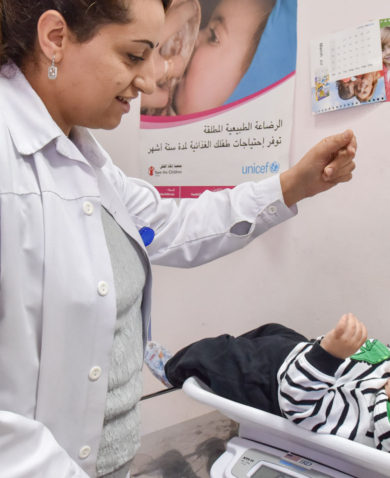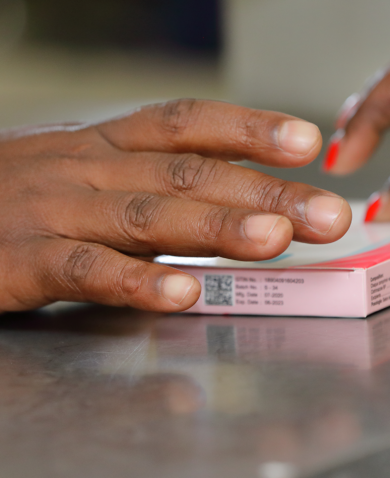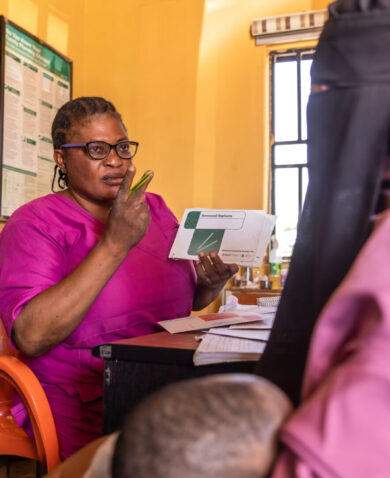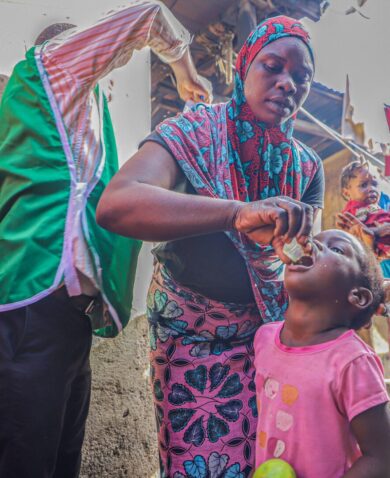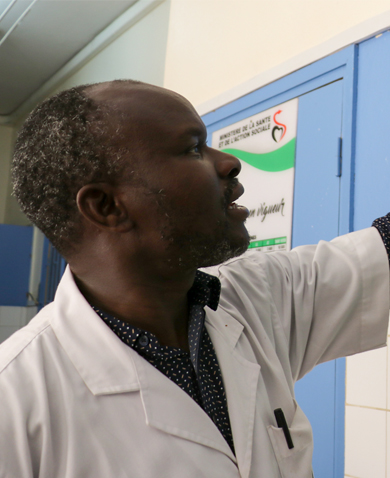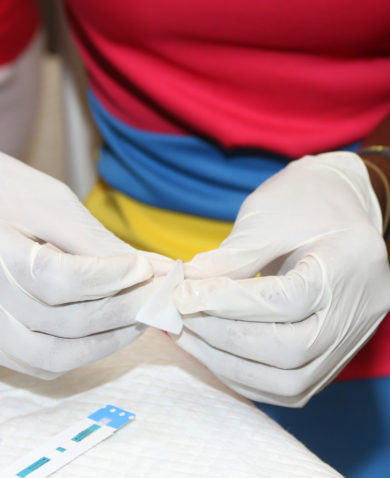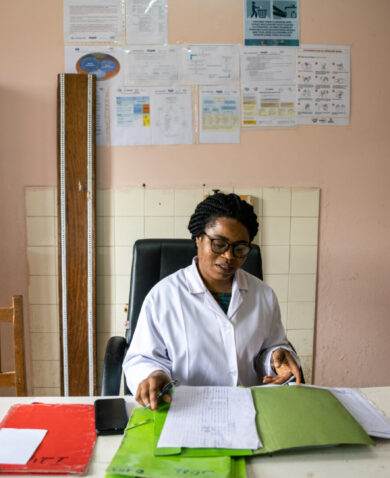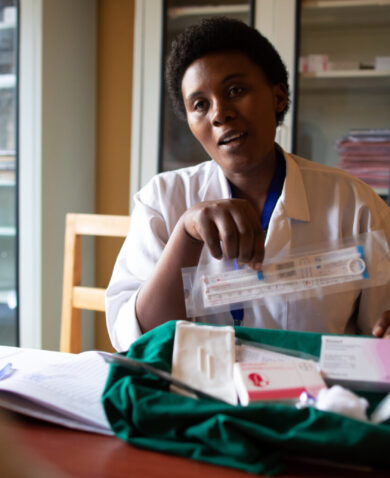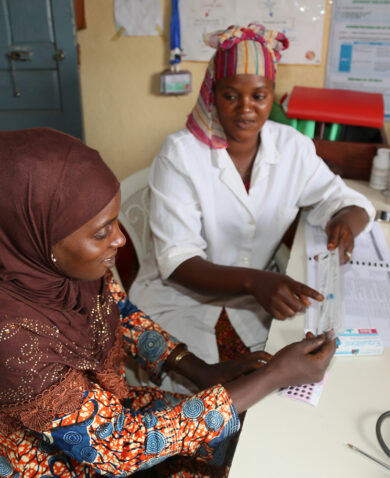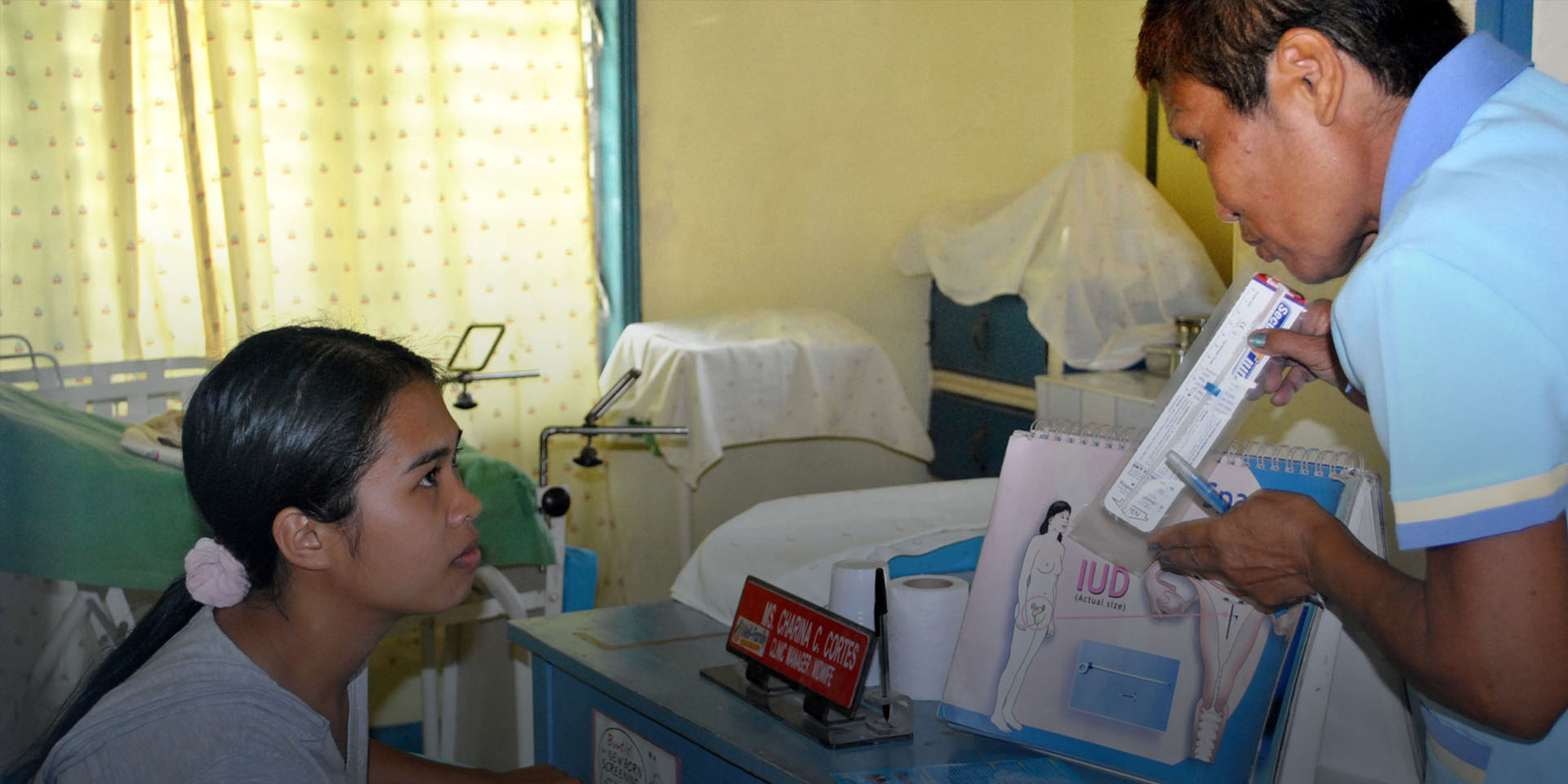
Why “Family Planning” Is a Useful Concept
January 25, 2016 | 3 Minute ReadA woman in the Philippines learns about IUDs as part of the USAID-funded Private Sector Mobilization for Family Planning II project.
I used to deride the term “family planning.” I saw it as a sort of euphemism used to skirt around controversial aspects of in sexual and reproductive health. The term particularly bothered me when used in regard to adolescent sexual and reproductive health (ASRH) because it seemed like an attempt to hide the fact that, in many places many young people have non-marital sex. I thought that it ignored adolescents’ lived realities and stymied holistic solutions for healthy productive lives. (Please note: Although the terms “adolescents,” “youth,” and “young people” are sometimes used to refer to separate age sub-groups, definitions are not universally accepted and I will be using the terms interchangeably throughout this post.)
There has been a debate surrounding the suitability of this term. In a powerful comment to The Lancet last year, Maria I Rodriguez, Lale Say, and Marleen Temmerman argued for the unapologetic use of the word “contraception” as an alternative. Laura Hoemeke has been advocating for the term “future planning.” Although their arguments differ, all agree that programming — and the language we employ to guide it — must accurately reflect the needs of those it intends to help. Inaccurate terms can engender misperceptions about adolescents, which even adolescents themselves can come to hold. Such misperceptions create an additional barrier to ASRH services for youth who already face too many. By contrast, the right terms can steer us toward more effective ASRH interventions.
The stakes are high. Provision remains inadequate in many parts of the world, and unmet contraceptive need is higher for those in late adolescence (15-19 years) than any other age group. The consequences of ASRH insufficiencies cannot be understated. Globally, a girl in late adolescence is more likely to die from a pregnancy- or childbirth- related cause than any other single cause, and adolescents account for about one in seven new HIV infections each year. These problems affect developing countries in particular, where the adolescent birth rate is more than twice as high as that in developed countries. Access to education and services can dramatically reduce rates of not only adolescent maternal mortality, but also infant mortality. According to the World Bank, a major part of the so-called “Girl Effect Dividend” (the development gains of investing in girls) comes from the increased opportunities afforded to girls who can delay pregnancy.
The more I reflect on it, the more I think that the term “family planning” has more potential than its critics (myself included) often recognize. Rather than a euphemism, the term can be seen as a reflection of the familial context in which adolescents make decisions. All people grow up in the context of family, traditional or untraditional as it may be, and that influences our attitudes, beliefs, and decisions about sex and reproduction. Adolescents in particular are beholden to family structures, as they have fewer legal entitlements and less practical agency. Like most choices, their decisions about sex and reproduction affect and are affected by those who surround them. The human right to bodily autonomy health must hold priority, but we need to acknowledge the constructed reality in which adolescents make decisions about sex and reproduction.
Keeping this in mind, family planning is about more than ensuring youth have access to the tools and knowledge to make informed decisions about having children. It is about equipping them to negotiate the myriad relationships and social pressures in their lives while making such decisions. For adolescents, sex and reproduction are some of the first opportunities for consequential semi-autonomous decision-making. Adolescents must be empowered to determine their life courses in a way that respects and recognizes the fact that they are embedded in a series of familial and social relationships that affect and are affected by their decisions and behavior. The concept of “family planning” acknowledges these realities.
There remains a robust discussion about how to tailor family planning to best address adolescents’ unique needs. The International Conference on Family Planning, which starts today and brings together thousands of health and development practitioners, will continue this discussion not only about adolescents but with them. This year’s conference has a track dedicated to youth and features dozens of youth delegates and hundreds of youth participants. I am excited to see so many young people taking the opportunity to share their perspectives. This is a chance for them to be included in the wider conversation in a very genuine way. After all, their experiences are what matter when it comes to ASRH service provision and family planning. The diversity of their stories will add depth to the wider conversation.




